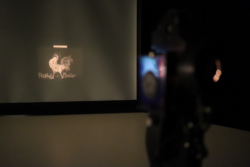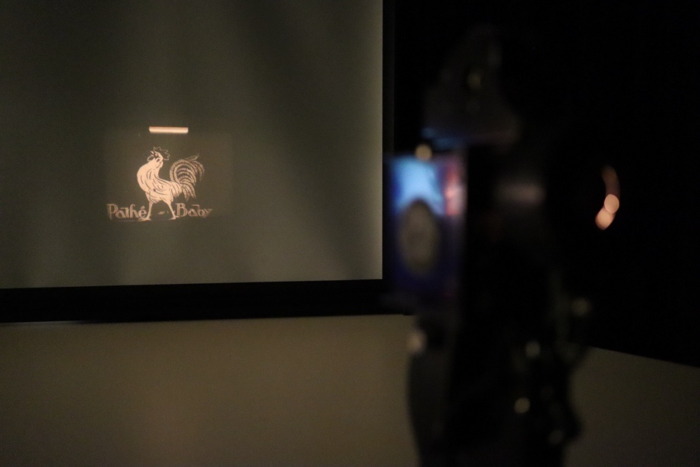This contribution explores the materiality and histories of use of 9.5mm film and the Pathé Baby projector and camera. In December 1922, the French film production company Pathé Frères released the 9.5mm film format, which together with Kodak’s 16mm small-gauge, released the following year, would ‘bring cinema into the home’ and effectively popularise the screening, distribution, and production of home cinema and amateur films. This article aims to highlight the significance of 9.5mm film within the history of amateur film and to demonstrate the heuristic value of performing historical re-enactments with obsolete media technologies, such as 9.5mm film and the Pathé Baby, so as to better understand how they worked, how they were used at the time, and how their historical, material, and performative dimensions can be preserved for the future. It draws on a series of media archaeological experiments with the Pathé Baby projector and camera, as well as on the hands-on reconstruction of a 9.5mm film from 1929, made by the Italian artist, composer, and amateur filmmaker Pippo Barzizza (1902-1994). Utilising experimental media archaeology as a practice-based and sensorial approach to media historiography, the article investigates the materiality, functionality, and practices of (re)use of 9.5mm film as a remarkable early twentieth-century home cinema technology.
- 2022/12/21
 2022/12/21
2022/12/21
Publication | Thinkering with the Pathé Baby
Tim van der Heijden and Mirco Santi, Thinkering with the Pathé Baby: Materiality, histories and (re)use of 9.5mm film, in: NECSUS_European Journal of Media Studies. #Materiality, Jg. 11 (2022), Nr. 2, S. 94– 125.
